How to Take Your Bike on the Train
Method 1 of 2:
Riding Commuter or Local Trains
-
 Plan out your route ahead of time, including transitions, walking, biking, and time of day. Unfortunately, there is no standard procedure when taking bikes on public transit. Some trains allow it, some only on certain hours, and others never at all. Coupled with any transitions you might make, such as switching to a bus or light-rail, and it may seem easier to skip the bike altogether. However, knowing your entire route in advance will make planning far easier. Google and Apple maps, for example, have extensive public transportation and bike maps that let you know all available routes, even mixed routes, after you type in your destination address.
Plan out your route ahead of time, including transitions, walking, biking, and time of day. Unfortunately, there is no standard procedure when taking bikes on public transit. Some trains allow it, some only on certain hours, and others never at all. Coupled with any transitions you might make, such as switching to a bus or light-rail, and it may seem easier to skip the bike altogether. However, knowing your entire route in advance will make planning far easier. Google and Apple maps, for example, have extensive public transportation and bike maps that let you know all available routes, even mixed routes, after you type in your destination address.- If you need to take a bus, does the bus system accept bikes?
- How far are you traveling when you get off the train? It might make more sense to lock the bike at the station if you get right off at your destination.
-
 Call ahead or check your train's website to see if they accept bikes. Find out if there are any fees, restrictions, or requirements. The most frequent restrictions include:
Call ahead or check your train's website to see if they accept bikes. Find out if there are any fees, restrictions, or requirements. The most frequent restrictions include:- Only riding in bike-designated cars.
- No bikes during peak hours, frequently 8-10AM and 4-6PM
- No bikes on crowded or packed cars.[1]
-
 Allow extra time to get to your destination. Getting your bike up and down the stairs, through turnstiles, and on the train will inevitably take a little extra time, so plan accordingly. For short trips, an extra 5-10 minutes should be more than enough to get you there on time.[2]
Allow extra time to get to your destination. Getting your bike up and down the stairs, through turnstiles, and on the train will inevitably take a little extra time, so plan accordingly. For short trips, an extra 5-10 minutes should be more than enough to get you there on time.[2]- Many stations do not let you bring a bike on escalators for safety reasons, so be prepared to potentially haul up and down stairs.
-
 Pay the correct fare. Purchase the fare for your trip, including fees for bringing your bike. Many trains require an additional amount to cover the bike.
Pay the correct fare. Purchase the fare for your trip, including fees for bringing your bike. Many trains require an additional amount to cover the bike.- If you can't get in the turnstile with your bike, signal the attendant. You can usually swipe your card/pay the fare, then enter through the emergency or handicapped entrance after paying.[3]
-
 Stand on the platform. Stand with your bike on the platform behind the boarding line until the train comes to a stop. Wait for other passengers to exit and enter before boarding.
Stand on the platform. Stand with your bike on the platform behind the boarding line until the train comes to a stop. Wait for other passengers to exit and enter before boarding. -
 Board the train with your bike, standing along the side. Stow it away from doors and aisles, in a position where it won't fall over and you can keep a hand on it. Try to turn the handlebars so that the wheels are in a straight line, out of the way of as many people as possible.
Board the train with your bike, standing along the side. Stow it away from doors and aisles, in a position where it won't fall over and you can keep a hand on it. Try to turn the handlebars so that the wheels are in a straight line, out of the way of as many people as possible.- Use bike racks on the train if they are available, which usually involve wedging or lifting your front wheel into a small rack.
- If there are other bikes on the train, place your front wheel near their back. These allows the bikes to fit together better and keeps the handlebars from jamming into each other.
- Be sure your bike is secure if you're not holding it yourself. Don't leave it where other passengers can trip over it or run off with it. Make sure you can keep an eye on it.
-
 Follow subway and train etiquette. The unwritten rules of a good train passenger will keep everyone happier as you move too and fro. When carrying a bike, let others on and off before you, respect the rules (no riding during rush hour or on crowded trains) and politely ask people move or adjust their bikes if you think you can fit them more snugly. And, if the ride is short and the train is crowded, just ride home. That's why you have the bike, after all.[4]
Follow subway and train etiquette. The unwritten rules of a good train passenger will keep everyone happier as you move too and fro. When carrying a bike, let others on and off before you, respect the rules (no riding during rush hour or on crowded trains) and politely ask people move or adjust their bikes if you think you can fit them more snugly. And, if the ride is short and the train is crowded, just ride home. That's why you have the bike, after all.[4]
Method 2 of 2:
Taking your Bike on Long-Distance Trains
-
 Check your train's bike policy before booking a ticket. Amtrak, for example, lets you pack a bike in a box for $10, carry folding bikes on as luggage, and even offers several trains with walk-on bike cars. Every company is different, however, so don't just buy a ticket and expect your bike to get on easily. You need to do your homework ahead of time to make sure you can transport your bike effectively.[5]
Check your train's bike policy before booking a ticket. Amtrak, for example, lets you pack a bike in a box for $10, carry folding bikes on as luggage, and even offers several trains with walk-on bike cars. Every company is different, however, so don't just buy a ticket and expect your bike to get on easily. You need to do your homework ahead of time to make sure you can transport your bike effectively.[5]- Expect a handling fee for bicycles, especially if they are not boxed up.
-
 Know that you may need to pack your bike in a box. This involves removing all the pieces, stripping off the handlebars, wheels, and pedals so that the bike fits in a large box. While you can usually get old boxes for free or cheaply by inquiring at your local bike shop, entrepreneurial packers can potentially fit the bike very large TV or appliance boxes.
Know that you may need to pack your bike in a box. This involves removing all the pieces, stripping off the handlebars, wheels, and pedals so that the bike fits in a large box. While you can usually get old boxes for free or cheaply by inquiring at your local bike shop, entrepreneurial packers can potentially fit the bike very large TV or appliance boxes.- If you are uncomfortable with bike mechanics, you may want to get your local shop to break down the bike for you. You can then take the bike to a local shop at your new location to get it back together, for a small fee.
-
 Weigh all of your checked bags and the bike before you leave home. This may be important for ensuring you're not carrying too much on board. Check the train service's website for any weight restrictions. Amtrak, for example, has a 50lb limit. This, however, should be more than enough for your bike.
Weigh all of your checked bags and the bike before you leave home. This may be important for ensuring you're not carrying too much on board. Check the train service's website for any weight restrictions. Amtrak, for example, has a 50lb limit. This, however, should be more than enough for your bike.- If you cannot weigh the bags at home, most Post Offices have a large scale you can use before you leave.
-
 Show up well ahead of time to get your bike on the train. Talk to the staff at the station about where you need to be, protocol, and tagging your bike so you can get it later. For longer trips, or anything requiring that you dismantle your bike and pack it in a box, arrive an hour before departure.
Show up well ahead of time to get your bike on the train. Talk to the staff at the station about where you need to be, protocol, and tagging your bike so you can get it later. For longer trips, or anything requiring that you dismantle your bike and pack it in a box, arrive an hour before departure. -
 Consider shipping your bike long distances. Many bike shops will break down, package, and ship your bike across the country for you at a nominal fee, usually $20-30 plus shipping. Shipping, however, can get expensive. If you want to do it yourself, you should remove the wheels, handlebars, seats, and pedals and pack them into a bike box or large TV box, then ship the package from a post office, UPS, or FedEx.
Consider shipping your bike long distances. Many bike shops will break down, package, and ship your bike across the country for you at a nominal fee, usually $20-30 plus shipping. Shipping, however, can get expensive. If you want to do it yourself, you should remove the wheels, handlebars, seats, and pedals and pack them into a bike box or large TV box, then ship the package from a post office, UPS, or FedEx.
4 ★ | 1 Vote
You should read it
- How to Buy a Bicycle
- Carbon and wood combine together in an oddly curved bike
- How to Use Divvy Bikes in Chicago
- How to Hang a Bike on the Wall
- It's hard to believe: This bike has the same speed as a car, more than 140km / h
- Instructions on how to order 2018 Tet train tickets online
- How to Size a Bike
- How to Commute By Bicycle
May be interested
- How to Ship a Bicycle Cheaply
 instead of paying a lot of money for inefficient shipping, you should investigate ways to reduce your costs when you want to send a bike to a different location. one of the biggest factors in reducing your bike shipping costs is minimizing...
instead of paying a lot of money for inefficient shipping, you should investigate ways to reduce your costs when you want to send a bike to a different location. one of the biggest factors in reducing your bike shipping costs is minimizing... - How to register for Mai Linh taxi driver
 mai linh has deployed mai linh motorbike taxi service, similar to grab bike. and everyone can sign up for mai linh hug driver.
mai linh has deployed mai linh motorbike taxi service, similar to grab bike. and everyone can sign up for mai linh hug driver. - Why are train wheels more like a cone than a regular circle?
 the train wheels are not perfectly circular but are designed to resemble a cone (the larger diameter part of the cone wheel points inward, the smaller diameter points outward) to ensure that the train does not derailed and easily ran through the bend.
the train wheels are not perfectly circular but are designed to resemble a cone (the larger diameter part of the cone wheel points inward, the smaller diameter points outward) to ensure that the train does not derailed and easily ran through the bend. - Latest Edward the Man-Eating Train Codes and How to Enter
 edward the man-eating train is an extremely attractive game on the roblox platform that has attracted a large number of players recently. discover the attractive giftcode set of this game.
edward the man-eating train is an extremely attractive game on the roblox platform that has attracted a large number of players recently. discover the attractive giftcode set of this game. - How to Build an Inexpensive Electric Bicycle
 an electric bike is a lot easier to build than you might think! all you need is a bike in good working order, a conversion kit, and a battery. using a conversion kit makes the process super simple and fast. and if you shop online to find...
an electric bike is a lot easier to build than you might think! all you need is a bike in good working order, a conversion kit, and a battery. using a conversion kit makes the process super simple and fast. and if you shop online to find... - How to Ride a Bike With Two People
 have you ever been in a situation where two people are coming back from the same place, but only one person has a bike? well if you have, it's a struggle because normally the person without a bike wants to ride one too. here is a simple...
have you ever been in a situation where two people are coming back from the same place, but only one person has a bike? well if you have, it's a struggle because normally the person without a bike wants to ride one too. here is a simple... - The longest train in the world, more than 7km long, has 682 cars
 the bhp billiton iron ore train is 7,353 meters long, has 682 cars, and weighs 100,000 tons. the entire train is controlled by 8 locomotives, allowing it to pull 82,000 tons of goods at the same time.
the bhp billiton iron ore train is 7,353 meters long, has 682 cars, and weighs 100,000 tons. the entire train is controlled by 8 locomotives, allowing it to pull 82,000 tons of goods at the same time. - Instructions for booking online train tickets by phone
 to order online train tickets, you have 2 choices. one is to visit the homepage of vietnam railways. the second is to use the application on mobile phones. today, tipsmake.com will guide you how to book tickets with the application on the phone. please consult.
to order online train tickets, you have 2 choices. one is to visit the homepage of vietnam railways. the second is to use the application on mobile phones. today, tipsmake.com will guide you how to book tickets with the application on the phone. please consult. - How to Adjust Bike Brakes
 routinely adjusting your bike brakes will help them perform better and ensure you're riding safely. the two main things you'll want to adjust in your bike's brake system are the brake pads and the brake cables. worn down brake pads that...
routinely adjusting your bike brakes will help them perform better and ensure you're riding safely. the two main things you'll want to adjust in your bike's brake system are the brake pads and the brake cables. worn down brake pads that... - Speedboat runs 'race' with the jet in the sky
 in the recent run of the new railroad, the super speed train tgv (train grande vitesse) of france at 320 km / h, can run on the same level as a jet flying at the altitude close to the ground causing many not surprised.
in the recent run of the new railroad, the super speed train tgv (train grande vitesse) of france at 320 km / h, can run on the same level as a jet flying at the altitude close to the ground causing many not surprised.


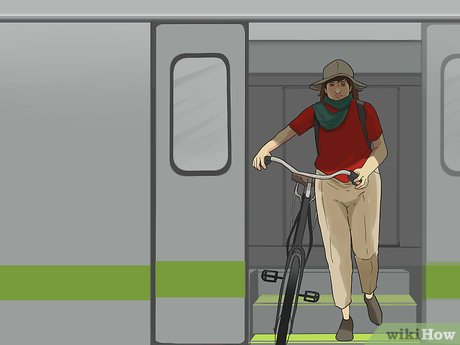
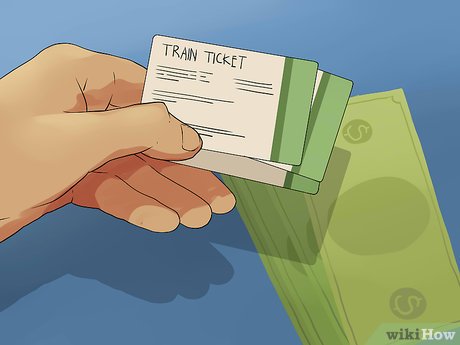
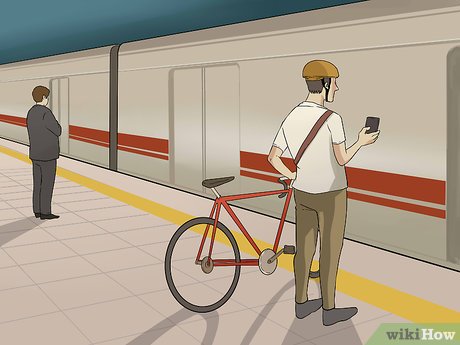

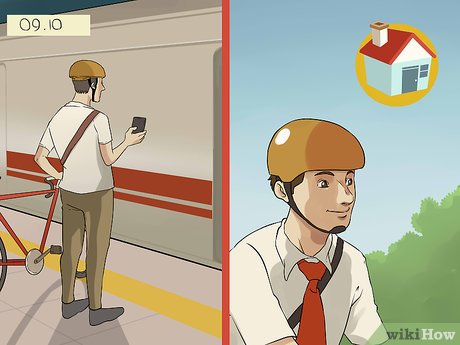
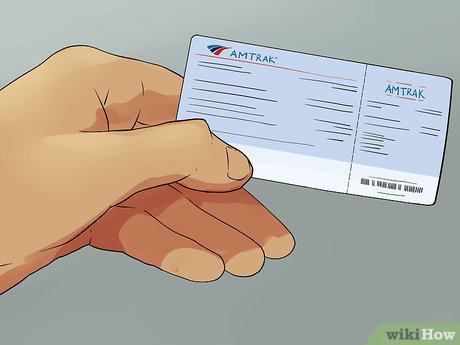
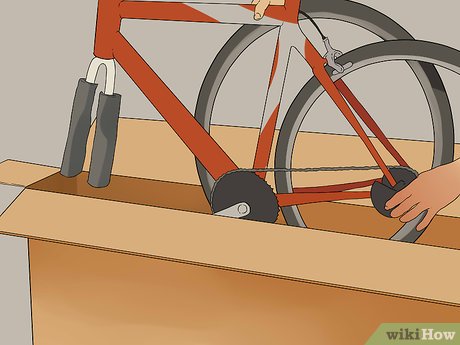
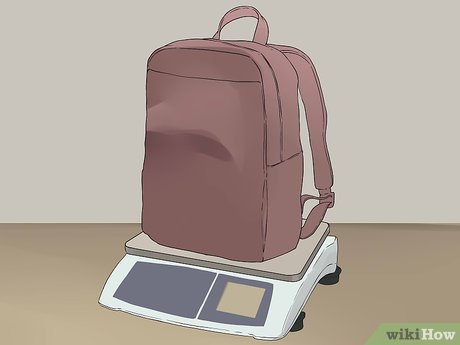












 How to Be Safe Around Trains
How to Be Safe Around Trains How to Cross a Railroad Crossing
How to Cross a Railroad Crossing How to Replace Bearings on a Trailer
How to Replace Bearings on a Trailer How to Prepare Your Car for Towing
How to Prepare Your Car for Towing How to Select a Trailer Hitch
How to Select a Trailer Hitch How to Trailer a Horse
How to Trailer a Horse